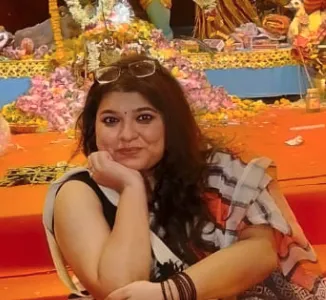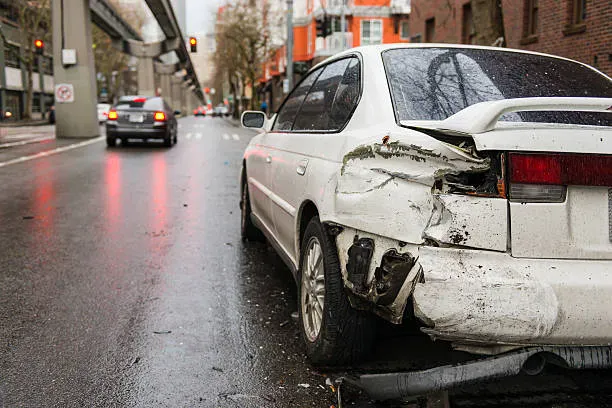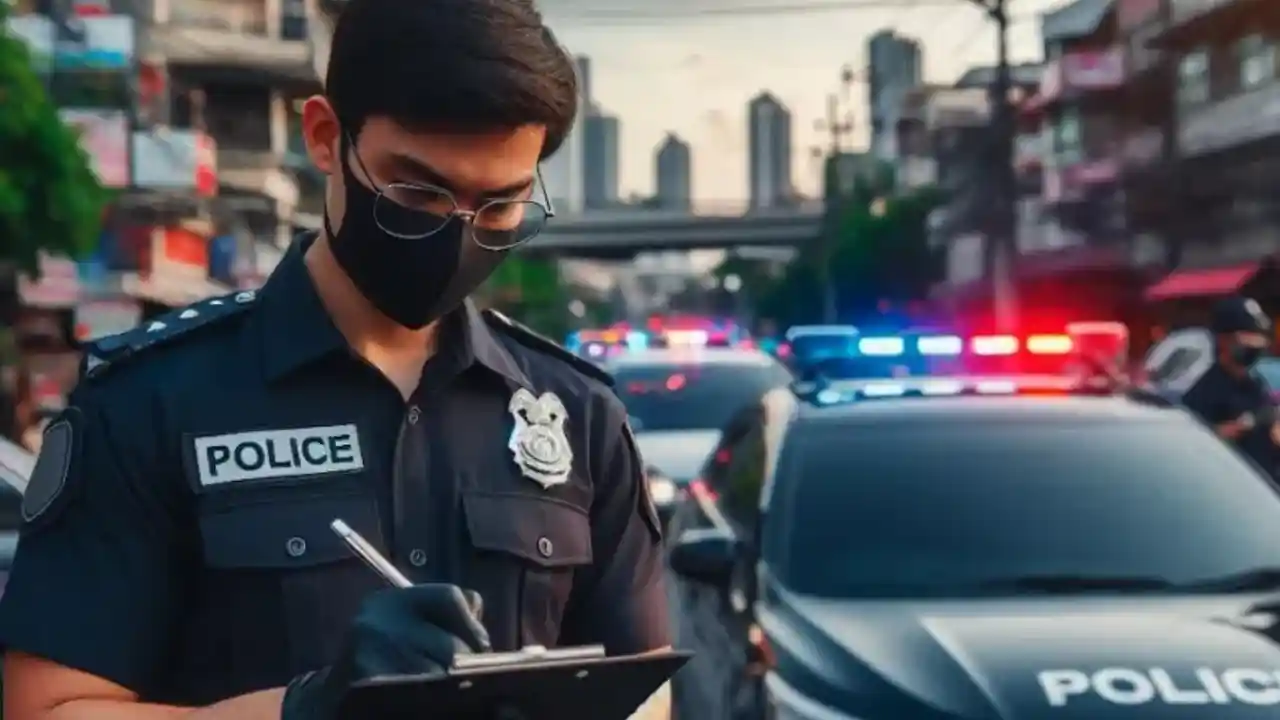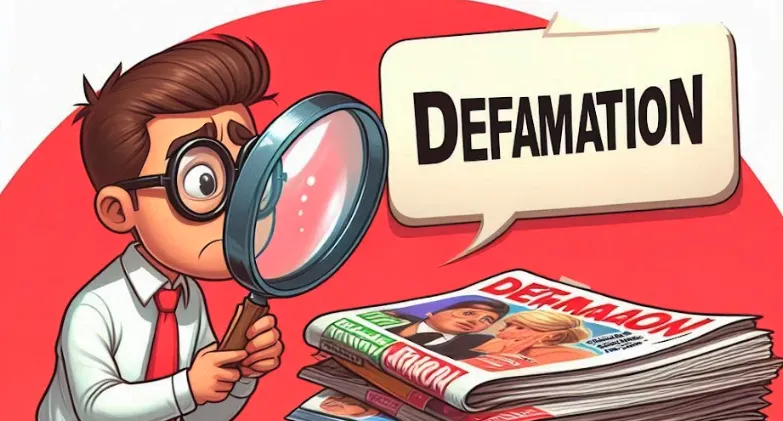Mob Lynching - A Legal Overview and Response in India
Mob lynching is a disturbing and brutal form of violence where a group of people takes the law into their own hands, attacking and often killing an individual based on suspicion, rumor, or personal grievances.
In recent years, incidents of mob lynching have escalated in India, raising concerns about public safety, justice, and the rule of law. While mob lynching is not explicitly defined in Indian law, various legal provisions exist to punish such acts.
advertisement
What is Mob Lynching?
Mob lynching refers to the act of a group of people collectively attacking an individual based on rumors or accusations, without allowing the legal system to intervene. Often, lynch mobs are motivated by allegations of theft, religious or caste-based discrimination, or personal vengeance. Victims are usually subjected to physical violence, leading to severe injuries or death.
Mob Lynching is:
- The act involves a group (or mob) taking collective action.
- The mob bypasses the legal process, acting as the judge, jury, and executioner.
- The individual or group being targeted is often accused of a crime or socially condemned action, without substantial proof.
- The consequences of mob lynching include violence, public disorder, and violation of human rights.
Legal Provisions Against Mob Lynching in India
Although there is no specific law directly defining or addressing mob lynching, certain sections of the Indian Penal Code (IPC) and other legal provisions are invoked to prosecute individuals involved in lynchings. Here are some of the relevant provisions:
The Bharatiya Nyaya Sanhita (BNS), 2023 and Bharatiya Nagarik Suraksha Sanhita (BNSS), 2023, which replace the Indian Penal Code (IPC) and Criminal Procedure Code (CrPC), respectively, bring updates and modifications to India's criminal law framework. Below is a revision of the mentioned sections using the new laws:
advertisement
Relevant Provisions:
-
Section 302 (Murder) of the Indian Penal Code → Section 101 (Murder) of The Bharatiya Nyaya Sanhita
The new BNS Section 101 deals with the crime of murder. Similar to the old IPC Section 302, this section prescribes punishment for murder with death or life imprisonment, and fines.
-
Section 304 (Culpable Homicide Not Amounting to Murder) of the Indian Penal Code → Section 102 (Culpable Homicide Not Amounting to Murder) of The Bharatiya Nyaya Sanhita:
This section addresses culpable homicide that does not qualify as murder. It provides punishment with life imprisonment or imprisonment of up to 10 years, along with fines, depending on the severity of the act.
-
Section 307 (Attempt to Murder) of the Indian Penal Code → Section 107 (Attempt to Murder)of The Bharatiya Nyaya Sanhita:
The provision for attempting to commit murder remains under BNS Section 107. It punishes attempts to murder with imprisonment for up to 10 years or life imprisonment, along with a possible fine.
-
Section 323 (Voluntarily Causing Hurt) of the Indian Penal Code → Section 113 (Voluntarily Causing Hurt) of The Bharatiya Nyaya Sanhita:
BNS Section 113 punishes individuals who voluntarily cause hurt with imprisonment for up to 1 year or a fine, or both.
-
Section 147 (Punishment for Rioting) of the Indian Penal Code → Section 135 (Punishment for Rioting) of The Bharatiya Nyaya Sanhita:
BNS Section 135 covers rioting. It punishes those involved in rioting with imprisonment up to 2 years, a fine, or both.
-
Section 148 (Rioting, Armed with a Deadly Weapon) of the Indian Penal Code → Section 136 (Rioting Armed with a Deadly Weapon) of The Bharatiya Nyaya Sanhita:
This section now falls under BNS Section 136 and prescribes imprisonment for up to 3 years for those who riot while armed with a deadly weapon.
-
Section 144 (Power to Issue Orders in Urgent Cases of Nuisance or Apprehended Danger) of the Code Of Criminal Procedure → Section 163 of The Bharatiya Nagarik Suraksha Sanhita:
BNSS Section 144 retains similar provisions, empowering the district magistrate to issue orders to prevent unlawful assemblies and avoid public disorder. The orders can be passed when there is an apprehension of danger or risk to public tranquillity, thus preempting the formation of mobs.
-
Protection of Human Rights Act, 1993:
Mob lynching violates the fundamental human rights to life, dignity, and equality. Complaints can be made to the National Human Rights Commission (NHRC), which investigates and takes action against human rights abuses.
advertisement
Supreme Court Directives (2018):
In response to the increasing frequency of lynchings, the Supreme Court of India, in the landmark case of Tehseen S. Poonawalla v. Union of India (2018), laid down directives for both the central and state governments to prevent and penalize mob violence. These include:
- Appointing nodal officers in every district to prevent incidents of mob lynching.
- Establishing special fast-track courts for prosecuting lynching cases.
- Implementing a victim compensation scheme for families of lynching victims.
- Formulating laws specifically addressing mob lynching and publicizing these laws to deter such incidents.
Landmark Cases Related to Mob Lynching in India
Mob lynching has been an important issue in India in recent years, leading to several new cases. Below are some landmark cases related to mob lynching in India, along with the court judgments:
1. Tehseen Poonawalla vs Union of India (2018)
-
Court: Supreme Court of India
-
Judgement Date: July 17, 2018
-
Case Summary:
This public interest litigation (PIL) was filed by social activist Tehseen Poonawalla, seeking directions to address incidents of mob lynching and hate crimes in the country. The petition also highlighted the need for preventive, remedial, and punitive measures.
-
Court Judgement:
-
The Supreme Court issued several directives to curb mob lynching and cow vigilantism. The key directives included:
-
Each state must designate a senior police officer as a Nodal Officer in every district to prevent mob violence and ensure law and order.
-
Fast-tracked trials for mob lynching cases with hearings to be completed within six months.
-
Compensation for victims of mob lynching and the states to take preventive steps such as identifying areas prone to mob violence.
-
The court urged Parliament to consider enacting a special law to tackle mob violence and lynching.
-
Significance:
This judgment laid down important guidelines for the state and law enforcement agencies to prevent mob lynching and emphasized the protection of constitutional values such as the right to life and equality.
advertisement
2. Shakti Vahini vs Union of India (2018)
-
Court: Supreme Court of India
-
Judgement Date: March 27, 2018
-
Case Summary:
This case was related to honour killings, where mob violence is often instigated by community panchayats or khap panchayats. The petition was filed by an NGO, Shakti Vahini, seeking protection against such forms of communal mob violence.
-
Court Judgement:
-
The Supreme Court ruled that khap panchayats or any other assembly of people have no right to interfere with marriages between consenting adults.
-
It laid down guidelines to prevent honor-based mob lynching, such as district magistrates and superintendents of police being held responsible for ensuring the safety of couples marrying against the wishes of community panchayats.
-
The court also directed that preventive steps be taken against khap panchayats, and protection be given to couples at risk of mob violence.
-
Significance:
This case emphasised that no individual or group has the authority to take the law into their own hands, especially in cases where personal liberties like marriage choices are involved.
3. Alimuddin Ansari Lynching Case (2017)
-
Court: Fast-Track Court, Jharkhand
Judgement Date: March 21, 2018
-
Case Summary:
Alimuddin Ansari, a Muslim man, was lynched by a mob in Ramgarh, Jharkhand, on suspicion of carrying beef in his vehicle. This incident was one of many mob lynching cases related to cow vigilantism.
-
Court Judgement:
A fast-track court in Jharkhand convicted 11 people in this case and sentenced them to life imprisonment for the murder of Alimuddin Ansari.
The court held that the lynching was properly planned by the people, and the accused had no justification for their actions.
-
Significance:
This case was one of the few where justice was delivered swiftly by a fast-track court, setting an example of the legal consequences of mob violence.
advertisement
4. Pehlu Khan Lynching Case (2017)
-
Court: Rajasthan High Court
-
Judgement Date: August 14, 2019
-
Case description:
Pehlu Khan, a dairy farmer, was lynched by cow vigilantes in Rajasthan in April 2017 while he was transporting cattle. His killing sparked widespread outrage.
-
Court Judgement:
-
A sessions court in Alwar, Rajasthan, acquitted all six accused in 2019 due to lack of sufficient evidence.
-
However, in response to public criticism, the Rajasthan High Court ordered a reinvestigation into the case and later reopened the case against the accused.
Significance: This case set a vital example that showed how hard it can be to punish people in mob lynching cases because there is often not enough evidence. However, it also highlighted how public pressure can help restart investigations and make sure justice is served.
5. Jharkhand Mob Lynching (Tabrez Ansari Case) (2019)
- Court: Sessions Court, Jharkhand
- Judgement Date: Pending as of 2023
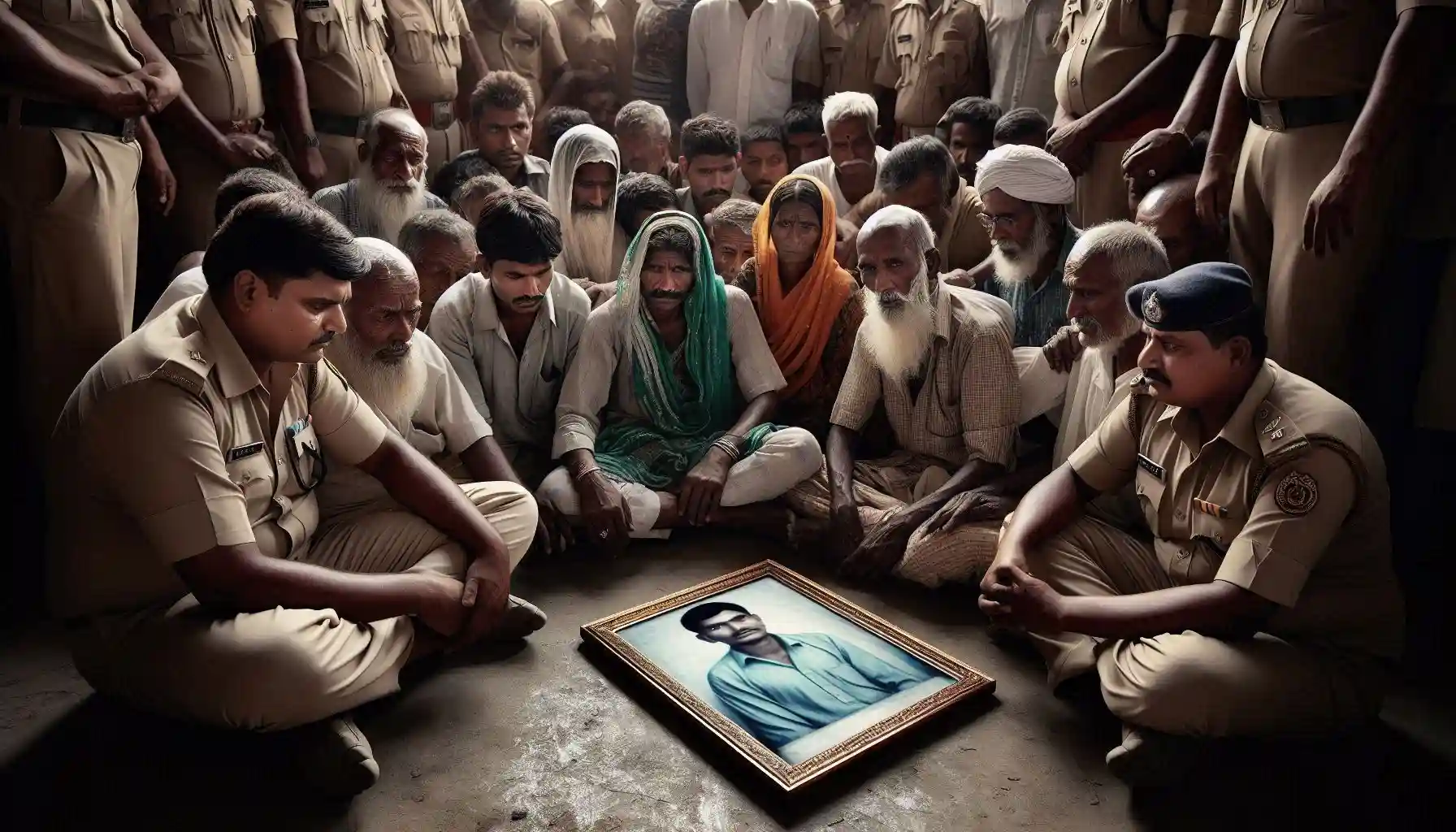
-
Case Summary:
Tabrez Ansari, a 24-year-old man, was lynched by a mob in Jharkhand in June 2019 after being accused of theft. He was tied to a pole and beaten for hours, while the mob forced him to chant religious slogans.
-
Court Judgement:
Several accused were arrested and charged under murder and mob lynching laws. The trial is ongoing, and the case remains a focal point for discussions on religiously motivated mob violence.
-
Significance:
This case drew attention to the growing instances of lynching with religious overtones and led to debates over the need for stricter anti-lynching laws in India.
-
Legislative Impact:
Following these cases, several states like Manipur and Rajasthan passed specific laws against mob lynching. Manipur passed the Manipur Protection from Mob Violence Act, 2018, and Rajasthan passed the Rajasthan Protection from Lynching Bill, 2019.
advertisement
How the Judiciary Has Addressed Mob Lynching in India
The judiciary has taken several steps to address mob lynching in India, recognizing it as a serious threat to the rule of law and public safety.
-
Judicial Guidelines:
In Tehseen Poonawalla v. Union of India, the Supreme Court issued detailed guidelines for the government to prevent and curb mob lynching. These include appointing nodal officers, compensating victims, and fast-tracking cases of mob violence.
-
Holding the State Accountable:
The judiciary has held state governments responsible for failing to prevent lynchings and has imposed accountability on law enforcement agencies. If a lynching occurs due to the inaction of police or local authorities, they can be held liable.
-
Law Commission Recommendations:
The Law Commission has recommended enacting specific laws to deal with mob lynching, given the unique nature of such violence, which involves collective criminal behavior.
-
Preventive Measures to Combat Mob Lynching
Several steps have been recommended and implemented to prevent mob lynching, although challenges remain. These include:
-
Enacting Anti-Lynching Laws:
While there is no separate central applicable codified law in India, several states, including Rajasthan and West Bengal, have passed individual specific laws to address lynching in the interest of the state. The Rajasthan Protection from Lynching Act, 2019, and the West Bengal (Prevention of Lynching) Act, 2019, criminalize lynching, provide compensation to victims, and impose stringent penalties.
-
Public Awareness Campaigns:
Educating the public about the dangers of mob justice is essential. Campaigns to raise awareness about the legal consequences of lynching and promoting communal harmony can prevent violent incidents sparked by rumors.
advertisement
-
Monitoring Social Media:
Social media has often been a trigger for mob lynching, as false information and rumors spread rapidly. The government has taken steps to monitor and regulate platforms like WhatsApp, where fake news can ignite mob violence. Platforms are also encouraged to prevent the spread of misinformation.
-
Community Policing:
Police officers, local authorities, and community leaders can work together to identify potential flashpoints and prevent mobs from forming. The appointment of nodal officers by state governments, as directed by the Supreme Court, is part of this initiative.
-
Prompt Legal Action:
Quick and decisive legal action against perpetrators of mob violence serves as a deterrent. Establishing fast-track courts to handle lynching cases ensures swift justice for victims and their families.
Conclusion
Mob lynching is a deeply concerning issue in India that challenges the very fabric of democracy and the rule of law. While existing laws such as the Indian Penal Code address some aspects of mob violence, the absence of specific anti-lynching legislation has left gaps in accountability. The judiciary has played a proactive role in combating mob lynching, with landmark judgments and preventive measures. However, true change will come when society collectively rejects mob violence and reaffirms faith in the legal process.
By implementing stronger legal frameworks, fostering communal harmony, and holding accountable those who incite or participate in mob violence, India can take significant steps to eradicate the scourge of mob lynching.
advertisement
Frequently Asked Questions (FAQs)
1. What is mob lynching and why has it become a significant issue in India?
Mob lynching is the act of a group of people attacking and often killing an individual based on accusations, rumors, or perceived offenses, bypassing legal due process. It has become a major issue in India due to the rise in incidents triggered by religious, caste-based, or political motives, often fueled by misinformation on social media.
2. Is there a specific law in India against mob lynching?
While there is no national law specifically addressing mob lynching, certain provisions of the Indian Penal Code (now updated under the Bharatiya Nyaya Sanhita) and other legal frameworks, such as those against murder, rioting, and public disorder, are used to prosecute individuals involved in lynchings. States like Manipur, Rajasthan, and West Bengal have also passed anti-lynching laws.
3. What are the consequences of mob lynching for perpetrators under Indian law?
Perpetrators of mob lynching can be charged with serious offenses like murder (under Section 101 of the Bharatiya Nyaya Sanhita), culpable homicide, rioting, and other related crimes. Penalties can include life imprisonment, fines, and, in some cases, the death penalty. Special provisions are in place for fast-tracked trials to ensure swift justice.
4. What steps has the judiciary taken to address mob lynching in India?
In landmark cases like Tehseen Poonawalla v. Union of India (2018), the Supreme Court issued directives for the prevention of mob lynching, such as appointing nodal officers, setting up fast-track courts, and ensuring victim compensation. The court also urged the Parliament to consider enacting a special law to address mob violence.
5. How can mob lynching be prevented in the future?
Preventing mob lynching requires a combination of public awareness campaigns, monitoring of social media to stop the spread of misinformation, community policing, and quick legal action against perpetrators. Laws specifically targeting mob lynching, along with judicial oversight and societal efforts to foster communal harmony, are essential for long-term solutions.
References:
- Lynchistan: Mob Lynching Cases Across India: The Quint
- Criminalisation of Mob Lynching under the Bhartiya Nyaya (Second) Sanhita 2023: NUALS Law Journal
- Judgment Primer: Alimuddin Ansari lynching case: CJP
- Pehlu Khan lynching: A look at the case so far: Hindustan Times
- Pehlu Khan lynching: A look at the case so far: India Today
- Tehseen S. Poonawalla vs Union Of India on 17 July, 2018: Indian Kanoon
- Shakti Vahini vs Union Of India on 27 March, 2018: Indian Kanoon
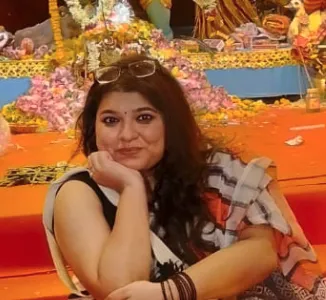
Written by Seersha Chaudhuri
Driven legal professional with a BA LLB and a knack for writing and media reporting. Previously, I’ve crafted legal documents and managed court proceedings at Terkiana PC, focusing on immigration law. I’m also brushing up on my Spanish with Duolingo—learning a new language has never been this fun! Eager to blend my expertise in legal research with my passion for global policy and creative writing. Apart from being a professional, I am a full time lover of fish, dystopian fiction and Brooklyn 99.
advertisement
Further Reading
advertisement
